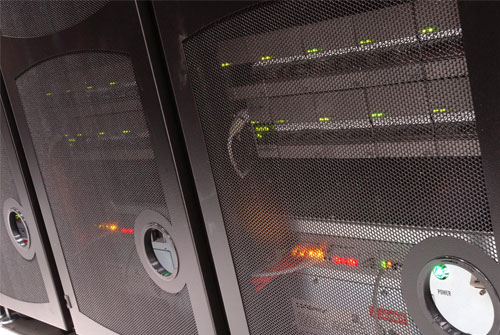CABARET on Jet Flap Noise and Quasigeostrophic Ocean Circulation Models
This dCSE project involved two very different CFD applications, which both use the Compact Accurately Boundary Adjusting high-REsolution Technique (CABARET) method for resolving advection, forcing and dissipation. The CABARET method is a low dissipative and low dispersive scheme that constitutes a substantial upgrade of the second-order upwind leapfrog method. The algorithm is very suitable for distributed HPC since it has a very local computational stencil that for scalar advection constitutes only one cell in space and time. One of the applications - The Parallel Quasi-Geostrophic Model (PEQUOD), is used for modelling transient mesoscale eddies of the ocean circulation. The other application - Cfoam-CABARET, uses a Monotonically Integrated LES (MILES) approach to the solution of the Navier-stokes equations and is used for modelling aircraft jet engine-flap interaction community noise.
There were two separate aims of this project:
- To improve the scalability of PEQUOD.
- To enable more efficient use of I-O within Cfoam-CABARET.
The overall outcome of this work may be summarised as follows:
- In PEQUOD, the global collectives for the parallel 1D tri-diagonal solver were updated by implementing the hardware optimised collective MPI_ALLTOALL.
- For a representative grid size of 1025, a 2 times speedup was demonstrated. Good weak scaling on a fixed number of grid points per MPI task basis was shown for up to a grid size of 16385 on 512 cores.
- For Cfoam-CABARET, MPI-IO was introduced for the restart and Tecplot360 visualisation data files. This has eliminated the requirement for many thousands of files to be present at run-time and will enable a more practical use of the application on HECToR.
Please see PDF or HTML for a report which summarises this project.
